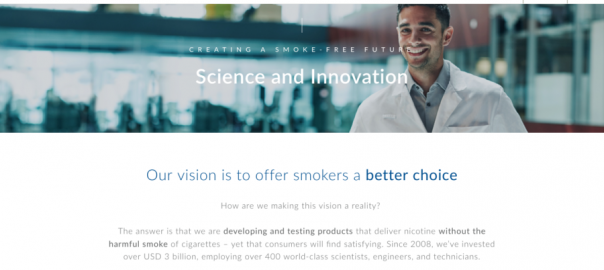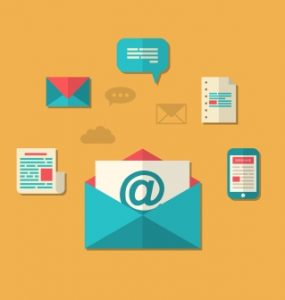— June 22, 2017

Enterprise brands earning more than $ 50 million in annual revenue are no longer strapped to expensive site launches to support businesses initiatives.
The retail space is competitive and ever-changing. No one wants to be held to a 12-month launch timeline costing half a million dollars or more for an ecommerce campaign, B2C site or employee site.
That’s why dozens of enterprise brands at the leading edge of technology are choosing SaaS –– specifically, BigCommerce –– to power new ecommerce initiatives and stay competitive in a quick-to-innovate market.
“We’re seeing a trend with large brands leveraging SaaS ecommerce platforms to design shopping experiences in a fraction of the time and cost as legacy systems without compromising requirements.
These shopping experiences vary from creating unique direct to consumer shopping channels on social media to custom purchasing portals that serve a B2B customer segment. This is all representing a shift in approach, ‘Agile Commerce’, that brands are taking in order to keep pace with rapidly evolving customer needs.
We’re excited because the BigCommerce Enterprise platform is uniquely positioned to support large brands’ unique challenges of being agile while meeting enterprise requirements of performance, security and flexibility at scale.” –– Daniel Townsend, Founding Partner, The Plum Tree Group
Here are the top 7 ways enterprise brands are getting SaaS on their approved vendor list to increase campaign revenue, sell additional inventory and launch brand innovation initiatives on time and under budget.
Direct-to-Consumer Deployments
Legacy B2B and wholesale brands are needing to launch additional B2C channels to harness consumer fanfare around their product.
With B2B still priority for the business, these B2C sites must be cost-effective, meet modern UX standards and pass procurement’s strict requirements for stability and security.
See how these 8 enterprise brands make this work.
Camelbak
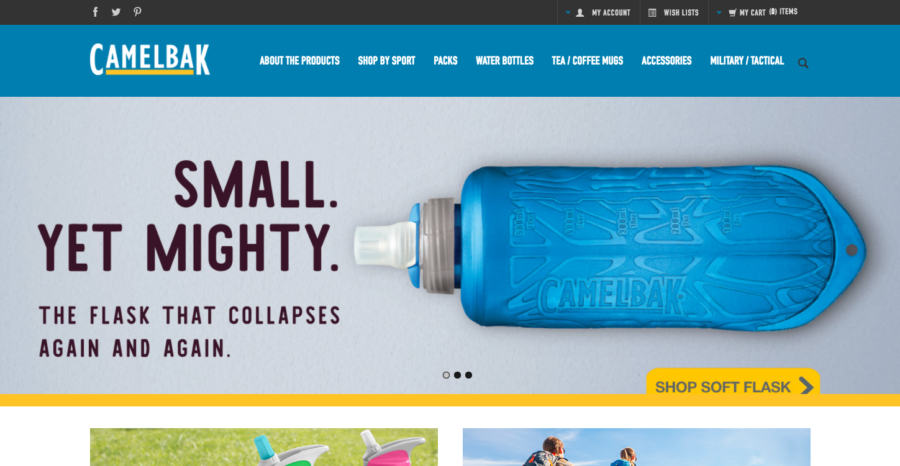
Taser
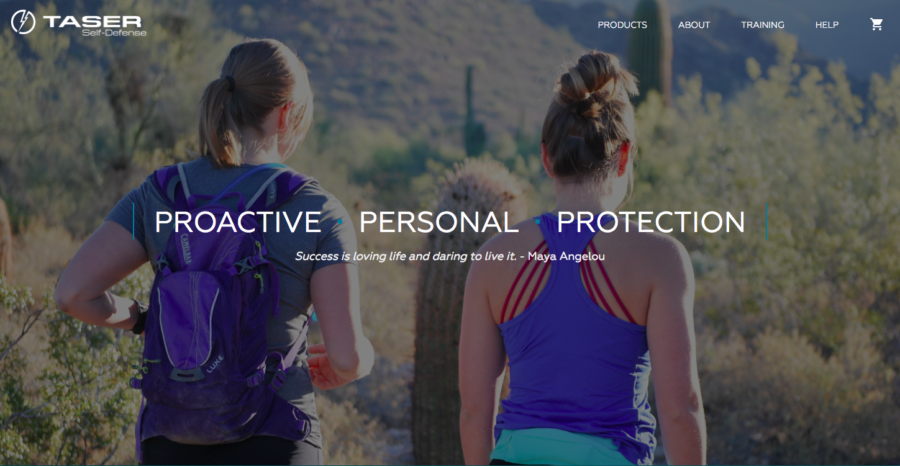
Cetaphil
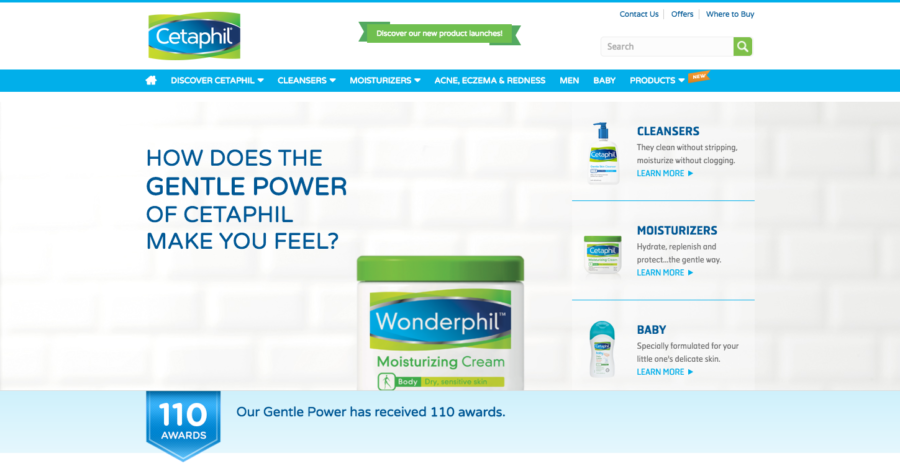
Benzac
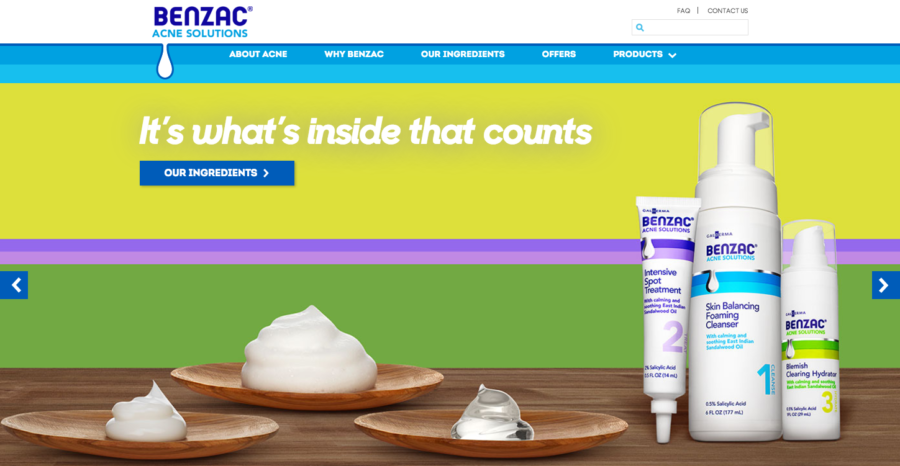
Toyota
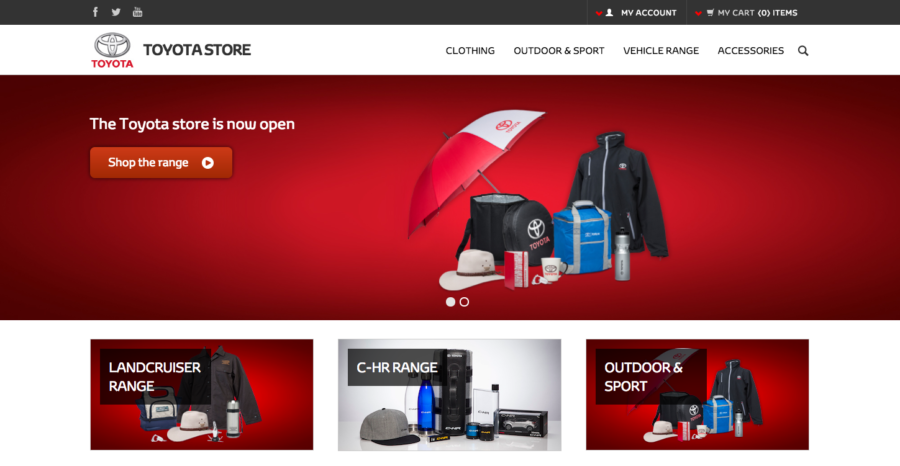
Paul Mitchell
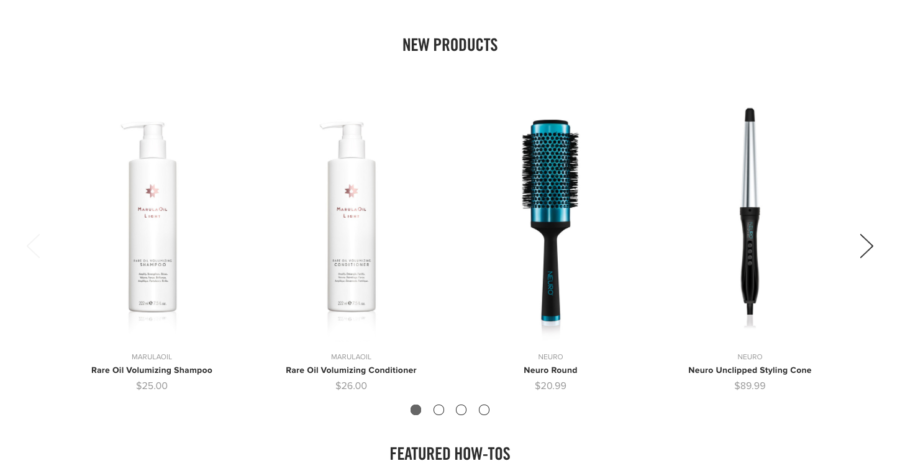
QVC
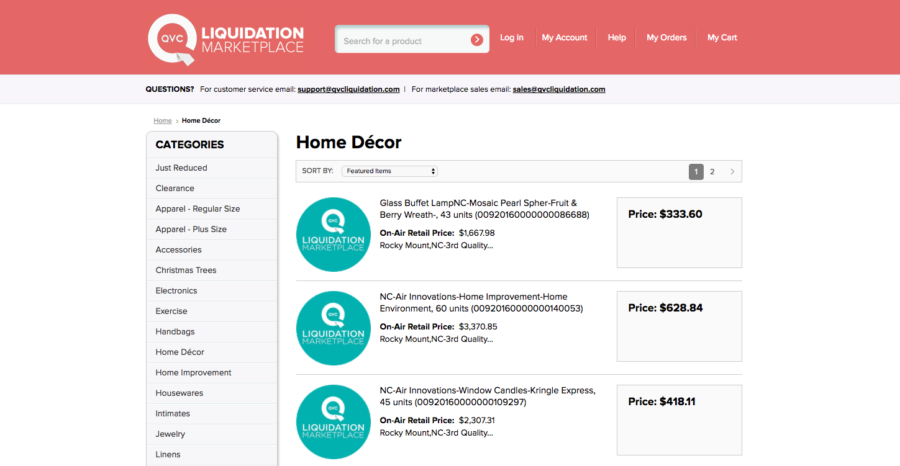
Ben & Jerry’s
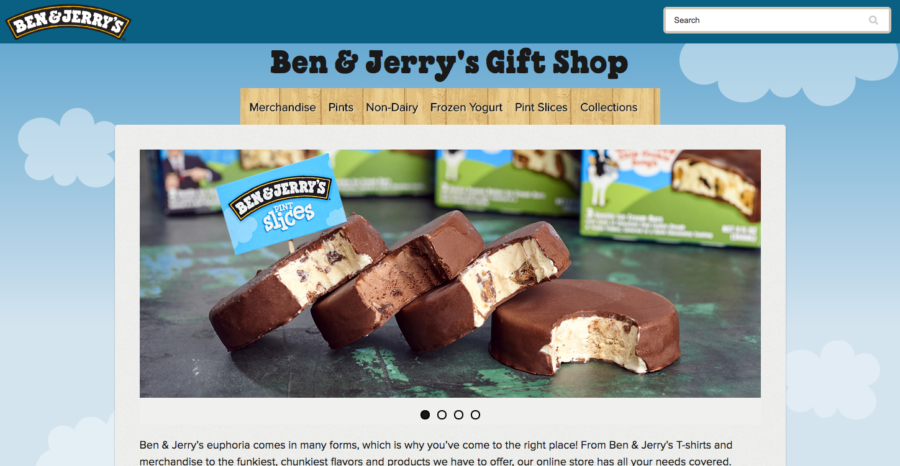
Streamlined B2B Ecommerce
As the new generation of buyers ages into management positions, more and more B2B customers are wanting to buy online –– and expecting the same B2C UX experience they get elsewhere.
This market is expected to account for $ 6.7 trillion by 2020 –– 27% of all B2B sales.
For Koch Industries’ Georgia Pacific brands, BigCommerce is the solution of choice for a portal-restricted site that allows fast and convenient B2B purchasing of their Bleached Board cardboard.
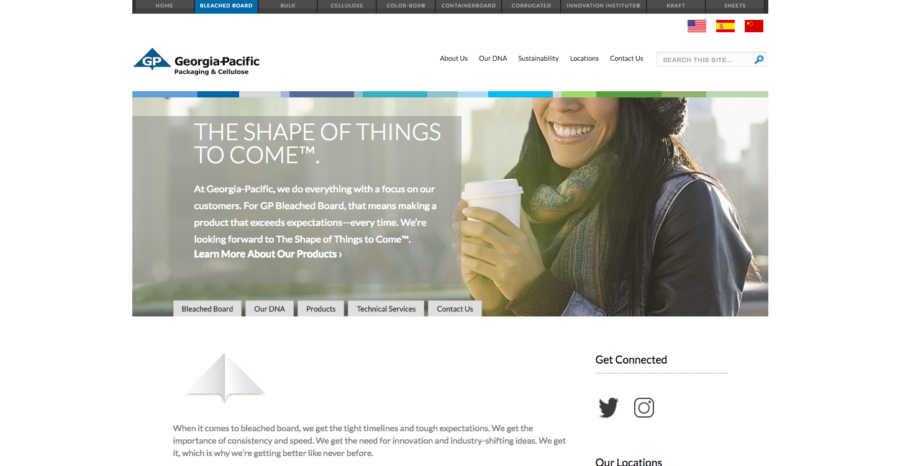
Franchise Stores
Delaware North is one of the U.S.’s largest umbrella brands. Headquartered in Buffalo, the company operates in the lodging, sporting, airport, gaming and entertainment industries, employing more than 55,000 people worldwide and generating over $ 2.6 billion in annual revenue.
Each of Delaware North’s individual brands operates as a franchise establishment, with local management and brand rules. However, top-flight technology spans their catalog. Multiple of Delaware North’s franchise operations –– including the Carolina Panthers and the Grand Canyon’s merchandise store –– use BigCommerce to power their fan sites and drive additional online revenue from loyal consumers.
Carolina Panthers
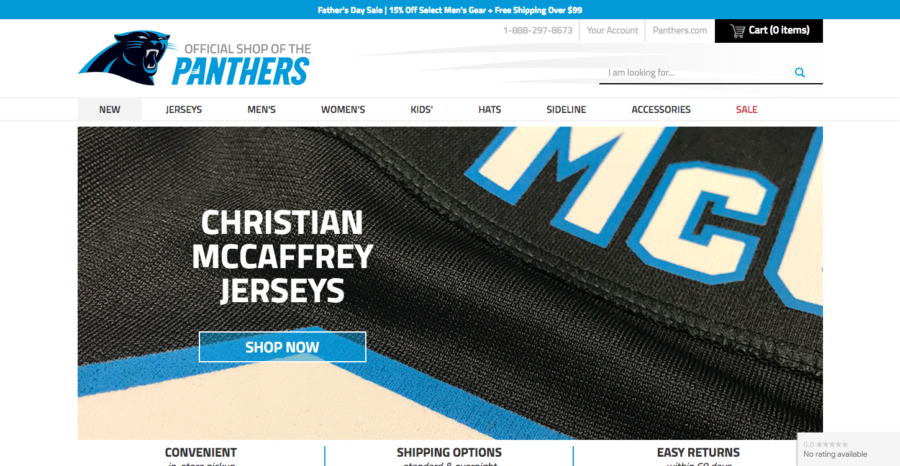
Grand Canyon Store
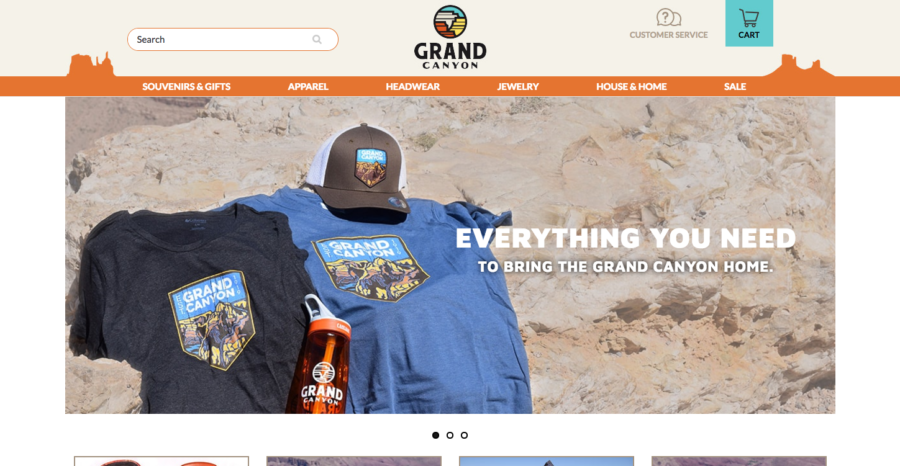
Upselling and Reselling
Assurant and T-Mobile’s device upgrade partnership allows T-Mobile customers to send in their old devices. Those devices end up in an Assurant warehouse.
When the old phones began taking up too much space, the Assurant team decided to offer the phones to employees at customized prices –– launching a B2E site on BigCommerce.
Three months in, the employee store was so successful, Assurant launched the reselling site to the public and wholesalers as an additional revenue channel pulling in both B2C and B2B revenue.
Their BigCommerce website utilizes built-in Customer Groups to allow three audience segments to purchase from one website.
Assurant’s MyWit Brand
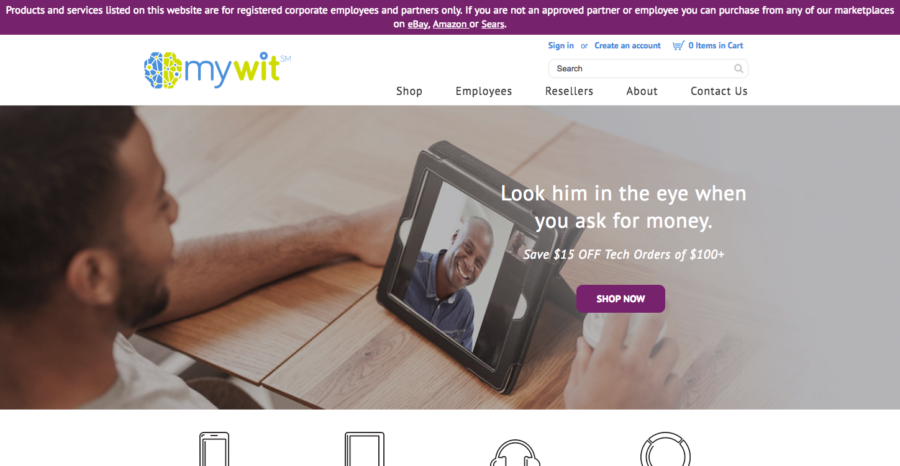
B2E + Internal Collateral Self-Service
Cargill uses BigCommerce to manage marketing collateral via downloads, as well as requesting collateral creation for various business units. The company uses SSO/SAML to authenticate users with SailPoint. That way, if an employee is no longer with the company or if a random user tries to login, they will be blocked.
Other B2E use cases we see across brands like DuPont and Sony are:
- Employee uniform online stores or items employees are required to purchase for the job.
- Selling product at cost to employees, or offering them special product for being an employee.
Cargill
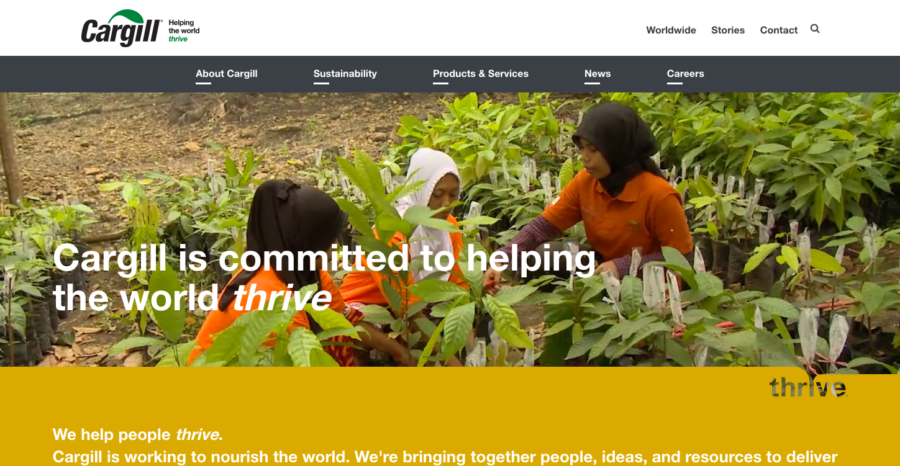
Sony
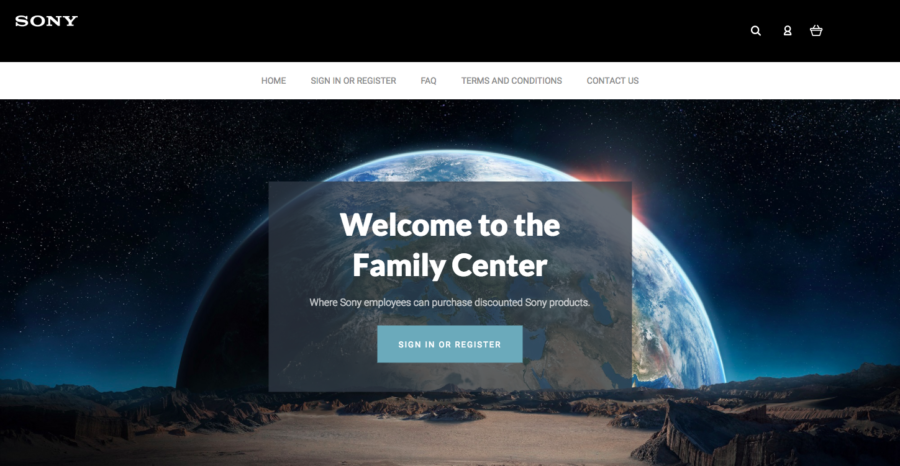
Education and Publishing Vertical
Ecommerce has disrupted the business model of every industry –– and education is no different. This is why universities and traditional textbook suppliers like Harvard and Nelson Education have partnered with BigCommerce.
Harvard is launching a direct to consumer site to sell educational material to the public –– helping to spread the power of knowledge far beyond Cambridge.
Nelson Education is taking this idea even further. With BigCommerce (and partner Be a Part Of), the brand is launching both a direct to consumer site for students, as well as a B2B site for schools to purchase bulk orders on a regular basis –– using built-in customer groups to pre-populate negotiated prices and a quoting tool for quotes on the spot, no phone call required.
Nelson Education
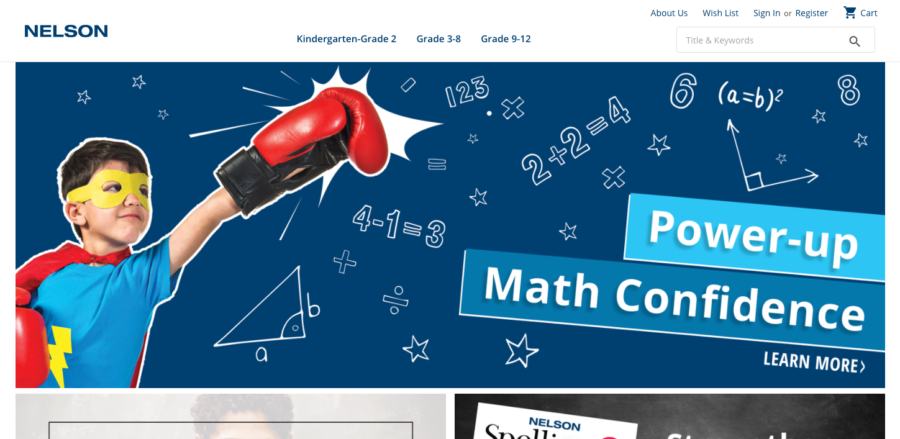
The Power to Innovate
Are you wanting to take your business to the next level with an innovative solution or campaign? Geo-targeted roll outs are common for enterprise brands to test out demand and feasibility before expanding to larger markets.
Philip Morris uses the BigCommerce platform for invite-only access to the company’s new cigarette delivery service in Australia. Philip Morris is already making headlines in the UK for eliminating the conventional cigarette and removing them from convenient stores thanks to immediate delivery.
In V2, they will be rolling out API integrations with BigCommerce to become the UberEats of cigarettes.
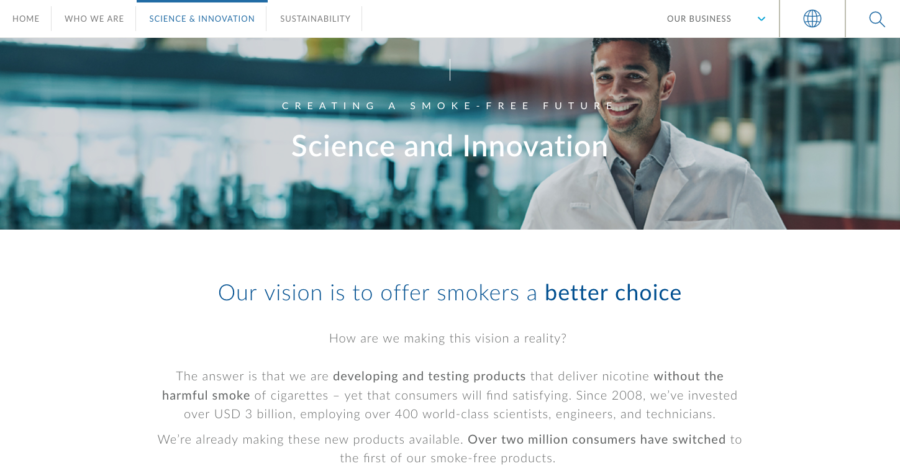
Final Word
The move to SaaS has only begun. As SaaS platforms like BigCommerce continue to innovate and open APIs, enterprise brands can shift resources from tech debt to marketing and advertising spend, which increase sales and boost the bottom line.
Digital & Social Articles on Business 2 Community
(90)
